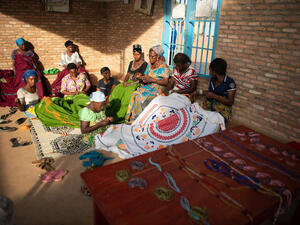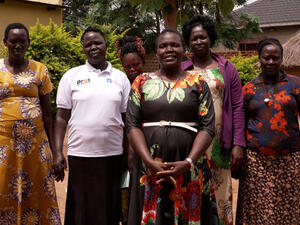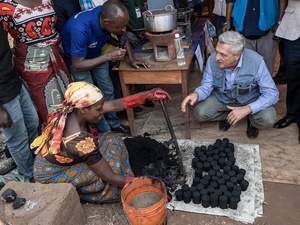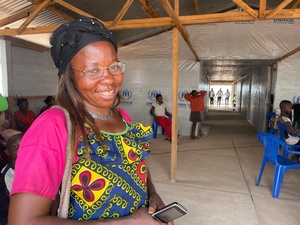Three years after fleeing conflict, thousands in Pakistan return home
Three years after fleeing conflict, thousands in Pakistan return home
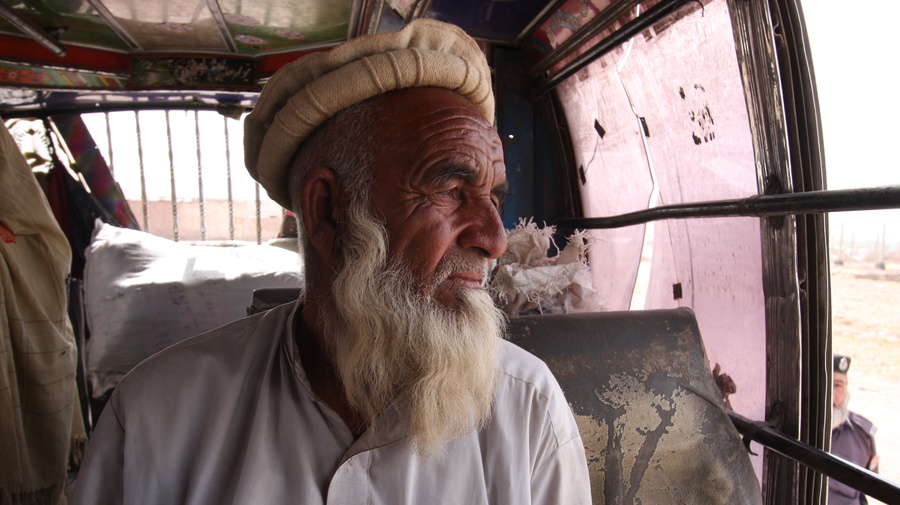
Pakistan / A man prepares to leave the Jalozai IDP settlement and return home three years after fleeing conflict in Pakistan's tribal area. / UNHCR / T. Irwin / June 2011
PESHAWAR, Pakistan, June 7 (UNHCR) - More than 38,000 internally displaced people (IDPs) have headed home as the latest phase of a return operation in north-western Pakistan was completed over the weekend.
Since this stage of the return movement started in April, the majority of displaced Pakistanis have returned to their homes in Bajaur Agency, while a smaller number returned to Mohmand Agency. Both are located in the northern part of Pakistan's Federally Administered Tribal Areas, which border Afghanistan.
The displaced people started fleeing from the tribal areas in 2008 in the wake of a government crackdown against insurgents. At the peak of the displacement crisis in 2009, some 147,000 people were registered in Jalozai camp. However, the vast majority of IDPs - around 90 per cent - lived outside camps, with friends, relatives and in rented accommodation.
The Pakistan government, which is organizing the voluntary return operation, has declared all of Bajaur, with the exception of Loi Sam, to be safe for returns. It is currently working to identify an alternative site inside Bajaur Agency for the approximately 3,000 families who were living in Loi Sam and whose homes were severely damaged in the clashes.
In recent days, between three and four hundred families - or around 2,000 people - had been setting off daily from Jalozai. Before leaving the camp, families wishing to return home must first register their intention to leave. They are then given a date for when they and their household belongings will be transported back to their homes. UNHCR staff monitor the entire process to ensure that returns are voluntary.
"We are working to ensure that these returns are undertaken in a dignified manner and on a voluntary basis," said Ahmed Warsame, head of UNHCR's sub-office in Peshawar. "Through our community outreach we seek to answer any questions individuals may have so that their decision is an informed one."
UNHCR is assisting the government by funding transportation for the returnees back to their home communities. The agency has also established warehouses in Bajaur and Mohmand Agencies. On their return, families are provided with a package of essential household supplies. Tents are also given to those whose homes were damaged in the conflict. These are used as temporary shelters while repairs are carried out. Fellow UN agency, the World Food Programme is enrolling returnees in cash for work programmes.
Baktiar Khan and his family are among those who have decided to go home. For the past three years, he, his wife and their six children have lived in a tent in the Jalozai complex. He's confident that the security situation in his village in Bajaur will allow him to return to his work as a farmer.
"Life was not too difficult in the camp," he said. "We received assistance. We didn't need to worry about food. The children went to school. But the summers in the tent were very hot. At home we have a cool stream by our house."
UNHCR's Warsame noted, "Having been in Jalozai for three years, many of the people are used to a standard of service - access to schools, food, livelihoods. They will be returning to areas where that level of infrastructure is not in place. Changing that can only be achieved by addressing development within the tribal areas."
For decades, Jalozai was home to tens of thousands of Afghan refugees. It was closed in early 2008 and reopened later that year to accommodate Pakistani families feeling conflict in the tribal areas. Today, it is the largest of four remaining IDP camps. An estimated 5,000 families - or 26,000 individuals - are still living there, most of them from areas still considered unsafe for returns.
By Tim Irwin
In Peshawar, Pakistan



